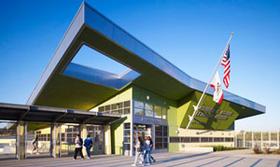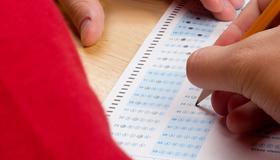‘Tis the season for standardized testing at public schools across the country, as school districts gear up for statewide testing that provides a glimpse into how and what students are learning. The season is not typically met with happy anticipation by most students and teachers; in fact, the mood may better be described as anxiety and even trepidation. In a few areas of the nation, students and teachers are taking matters into their own hands, organizing boycotts of tests that some say are a waste of valuable instruction hours and inaccurate gauge of how well schools are teaching and students are learning.
Portland Opts Out
With the Oregon Assessment of Knowledge and Skills (OAKS) examinations looming in Portland, some students have decided that enough is enough when it comes to the statewide testing process. Members of the Portland Student Union have launched an opt-out campaign to protest the examinations with a district-wide boycott by students. According to U.S. News and World Report, members of the student union are encouraging other students to boycott the examinations, by opting out on test days.
This video reports the situation with Portland students protesting standardized tests.
The Washington Post reports that ideas of the boycott began to circulate when two different Portland Student Unions got together and realized they shared a common concern involving the state examinations. The students involved in






















